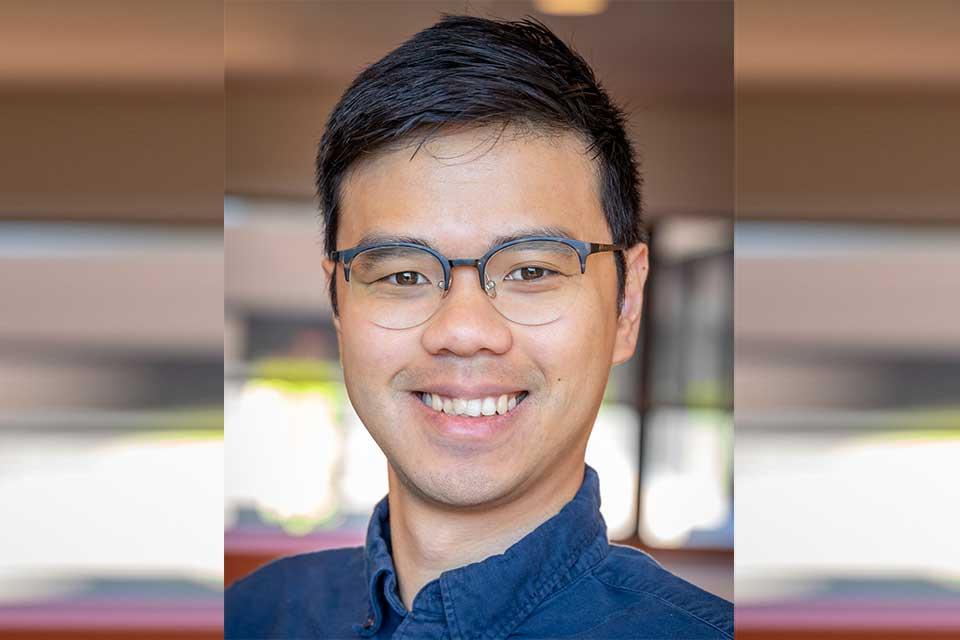Dr Yves Kwan has been named runner up in the Sam Edwards Thesis Prize awarded by the Institute of Physics’ Theory of Condensed Matter Group. Dr Kwan studied for his DPhil at the University of Oxford’s Department of Physics and is currently a postdoctoral fellow at Princeton University in the USA. The Sam Edwards Thesis Prize recognises contributions to the advancement of theoretical condensed matter physics.
His thesis ‘Topology and correlations in twisted bilayer graphene’, which was supervised by Professor Sid Parameswaran, studies how strongly-interacting electrons can conspire to generate unusual phenomena in magic-angle twisted bilayer graphene (TBG). Over the past few years, this material, which comprises two layers of graphene that are stacked and rotated by ~1 degree, has attracted significant research attention because it experimentally exhibits a multitude of fascinating effects such as superconductivity and orbital magnetism. The first half of the thesis considers how the topology of the electronic bands can influence fundamental properties of the excitations in this system. For example, when doping TBG, the added charge can enter as complicated spin and valley textures called skyrmions, rather than bare electrons and holes.
The highlight of the thesis is the second half, which addresses some of the gaps in the theoretical understanding of this material. In particular, the predictions of prevailing theory for the correlated insulators, which influences other aspects of the phenomenology in TBG, did not match up with experimental observations. Along with collaborators from the University of Oxford and the University of California, Berkeley, Dr Kwan found that strain played a non-negligible role in the system, and proposed a novel electronic order, the ‘incommensurate Kekulé spiral’ (IKS), that resolved the inconsistencies. In a remarkable series of developments this year, the IKS was imaged directly by high-resolution scanning experiments in both TBG and its closely-related cousin twisted trilayer graphene, lending credence to this theory. This has potential ramifications for resolving other outstanding puzzles in TBG and related heterostructures.
Dr Kwan comments: ‘During my studies at the University of Oxford, I learnt a great deal about how to tackle complex and contemporary research problems in physics, and I am honoured that the findings in my DPhil thesis have been recognised for their contributions to condensed matter theory. I am grateful for the numerous collaborators and mentors I met during my time at Oxford, many of whom I continue working with today.’

